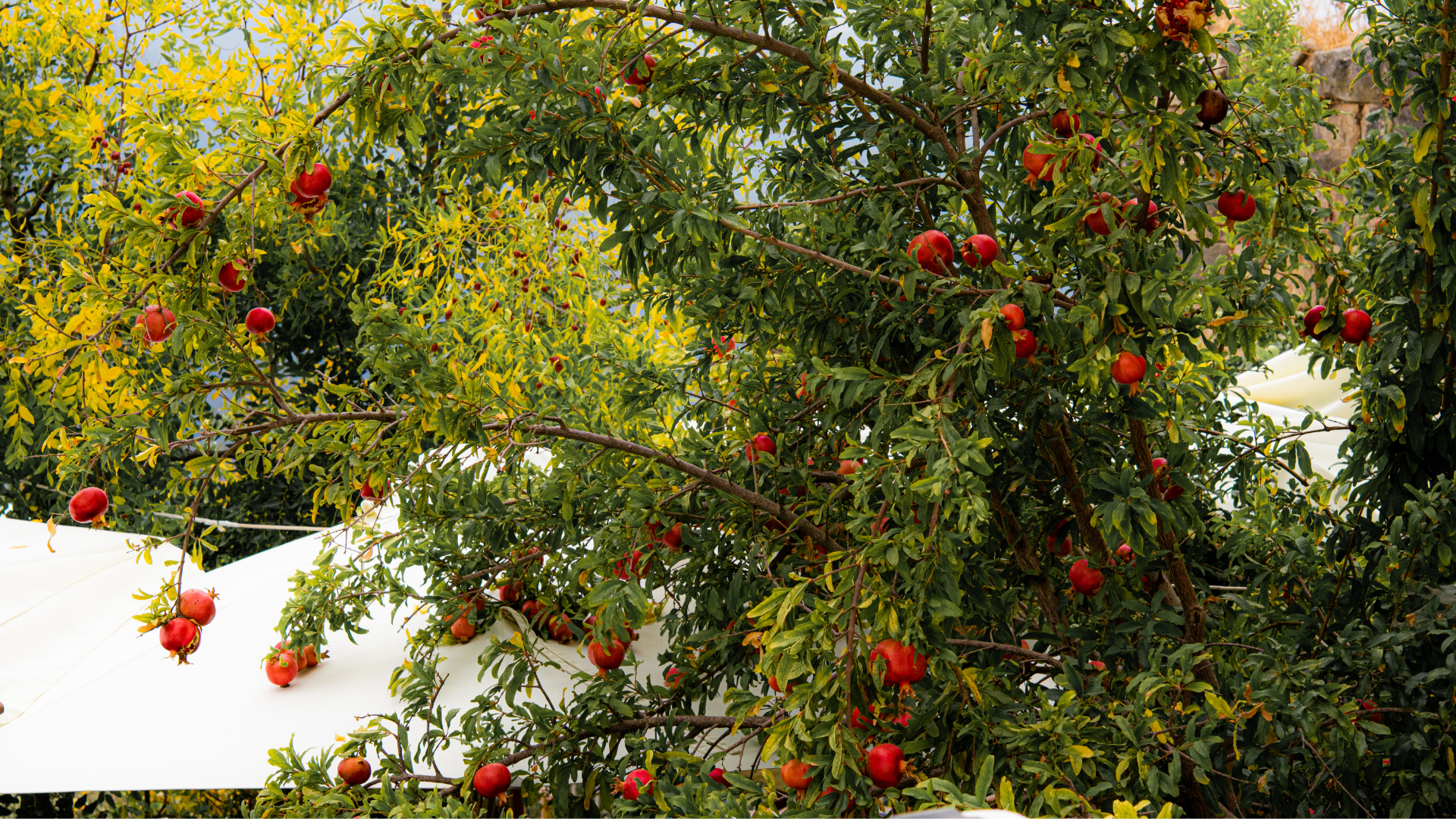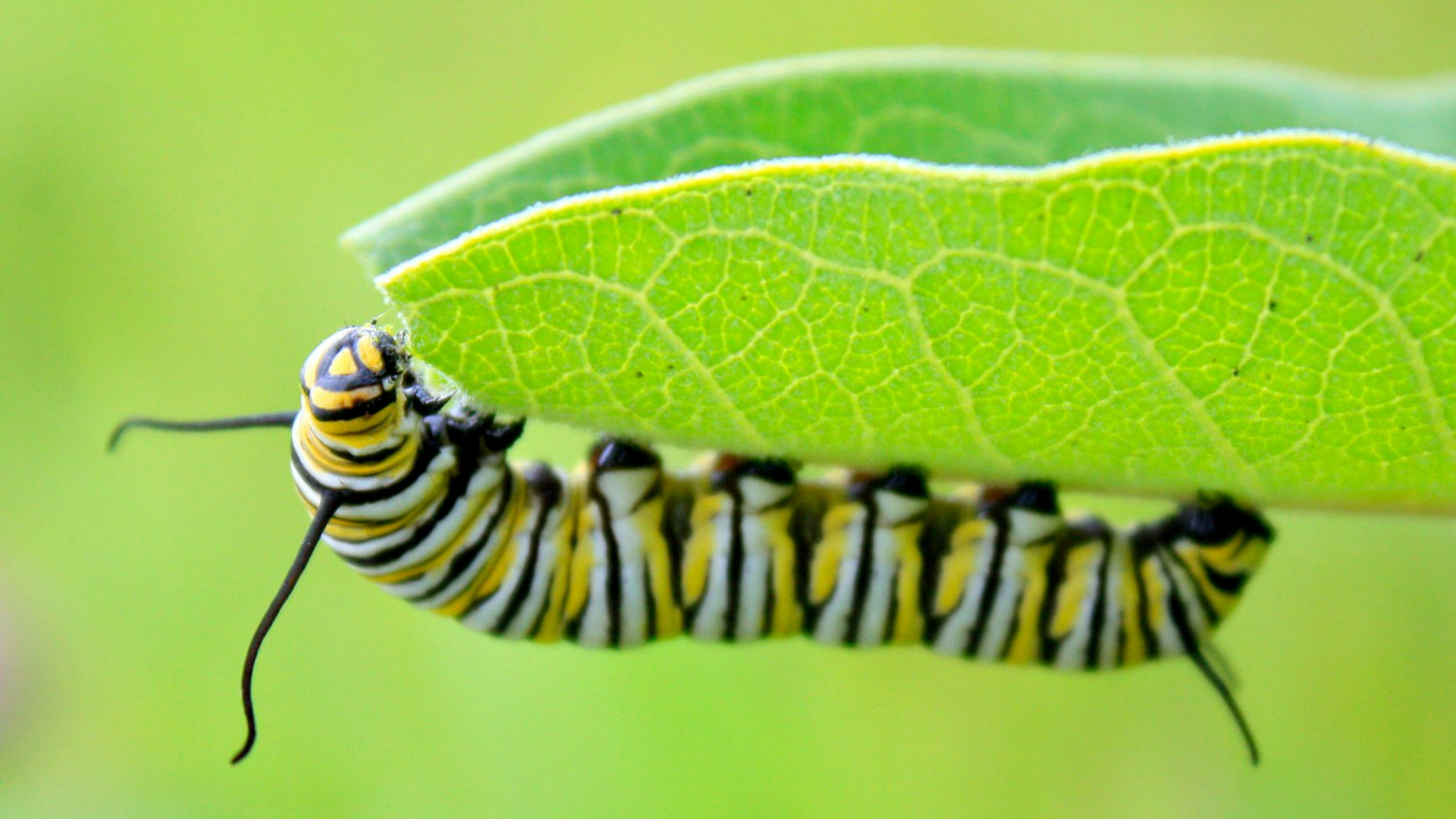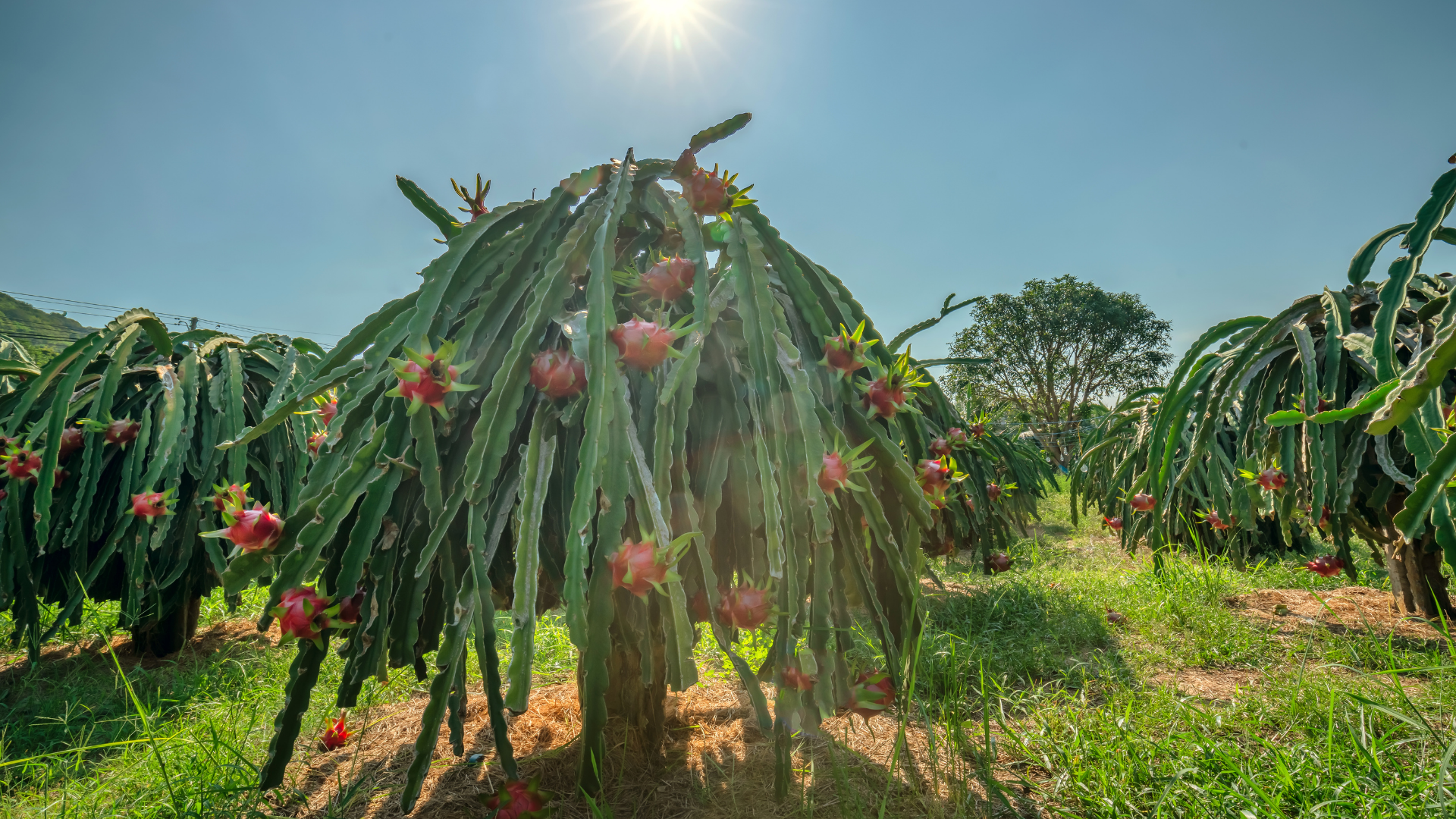In the tropics, fruit trees can be found in every home and backyard. They’re a source of food, income and pride for many families who grow them. That’s why it is so important to take steps to protect these trees from damage or disease. Let’s learn more about tropical fruit trees and how to keep them safe and healthy.
What are some of the most common tropical fruit trees?
Listed below are a few of the most well known tropical fruit trees
- Mango
- Banana
- Papaya
- Date
- Guava
- Lychee
- Kiwi
- Passion fruit
- Dragon fruit
- Pomegranate

Why do tropical fruit trees need protecting from damage and disease
Tropical fruit trees need protecting from damage and disease to thrive.
It takes a long time for a tree to grow. With each year that passes, the tree grows bigger and stronger so that it can protect itself better against pest infestation, diseases and other ills while bearing fruit.
But if a tropical fruit tree is not well-cared for, it can succumb to problems that reduce its lifespan and cause it to produce less fruit. For example, not pruning a tropical fruit tree can result in it being more susceptible to damage from storms.
Pests are also a major problem for tropical fruit trees. They can infect the tree to the extent that you might even need the assistance of arborists for Tree Removal services if left unattended. Hence, it’s better to act as quickly as possible if you notice pests starting to infect your backyard tree. These pests can include insects, such as beetles and caterpillars, and diseases, such as fungi and viruses. It is important to be aware of these pests and to take steps to protect your trees from them.
You might also like: How To Keep Herb Gardens Alive

How can tropical fruit trees be protected?
To keep your tropical fruit trees healthy and productive, follow these tips:
- Water them regularly. Fruit trees need plenty of water because they need to absorb it through their roots in order to grow and produce fruit. If the tree doesn’t get enough water, it will start to wilt and may eventually die. Moist soil is therefore fundamental to the health of your tree. Accordingly, tropical fruit trees need deep watering at least once a week during the dry season.
- Fertilize them in the spring before any flowers start to bloom. Spring is the best time to fertilize a fruit tree as it takes time for the nutrients to move down the soil and get absorbed by the tree as the temperature starts to warm up.
- Fertilizers come in many different formulations, but for fruit trees it is best to use a fertilizer that is high in nitrogen and low in phosphorus. This will help encourage healthy growth and protect the trees from phosphorus toxicity, which can cause problems like leaf scorching, poor seed quality, and fruit deformity.
- Lay down some mulch around the roots of your tree. This will help keep the roots cool and moist. Mulch also helps to prevent weeds from growing, which can compete with the tree for nutrients and water. You can use wood and bark chips or rubber mulch depending on what works best for your trees.
- Schedule regular tree inspection and prune your fruit trees at least once a year. Pruning helps encourage new growth and keeps the tree healthy. Any shoots that grow upright can shade the centre of your tree and this can reduce fruit production, so pruning can keep your tree in check. Most trees should be pruned in the fall once fruit production has finished, but some minor pruning in the summer might also be necessary.
- Protect your trees from freezing. Fruit trees are highly susceptible to cold weather and freezing temperatures. During cooler seasons, it is important to learn how to protect tropical fruit trees from frost. For instance, you can cover them with a tarpaulin. Secure the tarpaulin so it does not blow away in the wind.
- Another option is to create a tent structure around the tree using ropes and poles. This traps the earth’s warmth and keeps the tree protected from the cold. Do not prune a frost damaged tree immediately as new growth can sometimes emerge in the spring.
- Pest control is crucial. There are a few things you can do to protect your tropical fruit trees from pests. Firstly, you can use organic pesticides to help keep pests at bay. Always inspect your trees for any signs of pests or damage and take action accordingly. You might also want to consider using traps or barriers such as a netted fence to keep pests away from your trees.

Tropical fruit trees need special care and attention
Tropical fruit trees are important to our ecosystem and they provide delicious, healthy food. Throughout this article, we have discussed some of the threats that tropical fruit trees face as well as how to maintain and protect them, for example by contacting companies that offer tree service in jacksonville florida.
Tree care providers can offer a myriad of services, from delivering mulch to pruning the trees. Mulch can be used to suppress weeds, save water, and improve the soil around plants. It can also give any garden a neat, tidy appearance. Likewise, pruning can help in controlling the growth of trees and maintaining their health. That is why, like numerous other homeowners, you may also want to opt for a Tree service in Wylie, TX, or wherever you live.
The bottom line is that it is essential that we protect these species from extinction so future generations can enjoy their fruits. From ensuring your tropical plants get enough nutrients and water, to limit any potential cold damage, looking after tropical trees can be a challenge, but the rewards are worth the effort.
How to harvest fruit from tropical trees
When harvesting fruit from tropical trees, it is important to be gentle and avoid damaging the fruit or branches. Carefully reach up into the tree and pluck the fruit off of the branches. If the fruit is too high or out of reach, use a ladder or a long pole with a hook on the end.
After the fruit is picked, it is important to clean it and remove any debris. Rinse the fruit off with water and then dry it with a clean towel. Inspect the fruit for any signs of damage or pests. If the fruit is damaged, it should be thrown away.
Freshly harvested fruit should be stored in a cool, dry place. Store the fruit in a container or bag and keep it away from direct sunlight. You can eat your produce fresh from the tree or store some to enjoy at a later time. Most fruits will last in your fruit bowl or fridge for a few days or even a couple of weeks or you can freeze them for around 6 to 9 months.

